Autocar Subscriber Extra is our package of exclusive benefits for our magazine subscribers. One of these is a weekly behind-the-scenes email newsletter from our editors. For a limited time, we're giving all Autocar readers free access to these newsletters and columns. You can subscribe to Autocar magazine with our Summer Sale offer here and save 50% on your first 13 issues.
You may have read in this week’s magazine the story that came off the back of James Attwood’s interrogation of Porsche’s technical chief, Michael Steiner.
Steiner fleshed out one of the biggest current talking points on Planet Petrolhead, which is that the 718 range will in 2022 sprout bespoke electric versions of the Boxster and Cayman. This we already knew. What we didn’t know is that the platform for these machines will house the battery pack not along the floor of the car, as is typical for EVs, but behind the rear bulkhead, where the 718’s flat four (or, in the case of the new GTS, flat six) traditionally nestles.
It’s an intriguing and encouraging idea. Although it means the centre of gravity of the pack and most likely also of the entire car will be higher, positioning the heavy battery cells as such should allow Porsche to more faithfully replicate the petrol car’s lovely handling balance and, crucially, retain the low-slung driving position. As someone who in general finds the handling of electric performance cars – even very good ones – almost too neutral, I like the sound of this approach. If we’re going to enjoy electric performance cars with little or no soul in the powertrain department, they’re going to need to make up for it with an expressive and biddable chassis. And putting the driver as close to the road as possible will help.
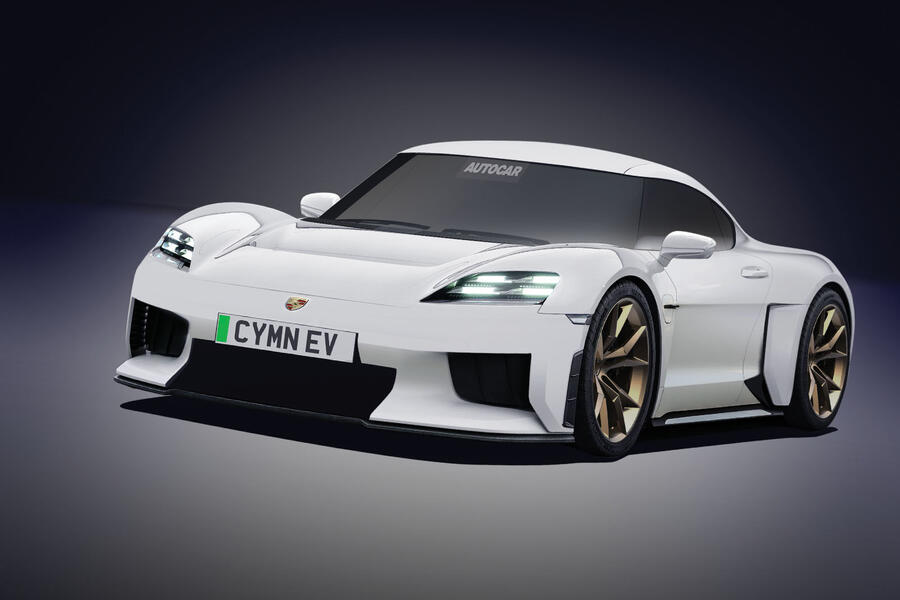
None of this will be easy to execute, but the news shows Porsche is at least thinking about the problem in the right way, especially when it must be so tempting to resort to the ‘skateboard’ battery layout. Many manufacturers will simply combine that with the phenomenal torque control that’s possible with individual electric motors for each of the rear wheels, and then put the PR machine into overdrive with stories of how much quicker and more secure the EV model is than the ICE one ever was. Thanks, but that is something we really don’t want or need in two-seat sports cars.
Porsche’s approach does, however, leave me wondering what the GT car of the future looks like in the electric era.
Front-engined, rear-driven coupés such as the Aston Martin DB11 and Ferrari Roma have a different flavour of handling from cars like the 718 Cayman or Lotus Exige but it’s no less enjoyable. In fact, I think I prefer GT-car handling. With it, you can more easily and safely have fun on roads you’re sight-reading and in weather conditions that are less than ideal. The slow-in, fast-out approach with a chassis that telegraphs its intentions well is just as satisfying as driving a perfectly balanced mid-engined machine. By way of some very non-scientific postulation, I’m pretty sure most people would have more fun driving a Caterham Seven than an Ariel Atom. So the GT-car handling character is well worth preserving – but how?
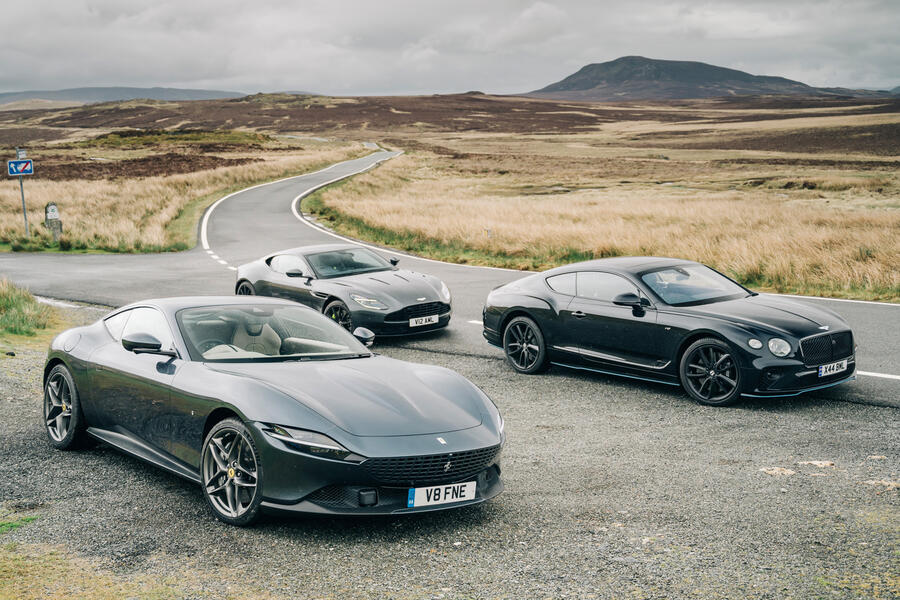
Taking the same approach as Porsche and putting the battery packs where the engine would go won’t work. Even with two chunky turbochargers, Mercedes-AMG’s current 4.0-litre V8 – the one found in the nose of the Aston Martin Vantage – has a dry weight of around 210kg compared with what would probably be two times that for a battery pack capable of yielding the sort of driving range necessary for a GT sports car. You might be able to get away with putting so much weight well between the axles, as will be the case with the next-gen 718 models, but having it lapping up against the front axle will destroy the handling balance. The car would be dangerously understeery, and you’d probably need front tyres pretty much the same width as those at the back, in which case you may as well also go for four-wheel drive.
The sweetly adjustable, rear-driven GT proposition rapidly unravels, so a different approach would be needed. I’m just not sure what it is, beyond cleverly, almost organically shaped battery packs that spread their weight in a way that’s conducive to the kind of handling we're after in this case. That seems a big ask for low-volume cars, though, and for GT cars it’s also more forgivable to raise the driving position with a skateboard battery than it would be with any mid-engined thing. The specture of skateboard battery packs and technically excellent but also quite anodyne dynamics looms large for this type of car.
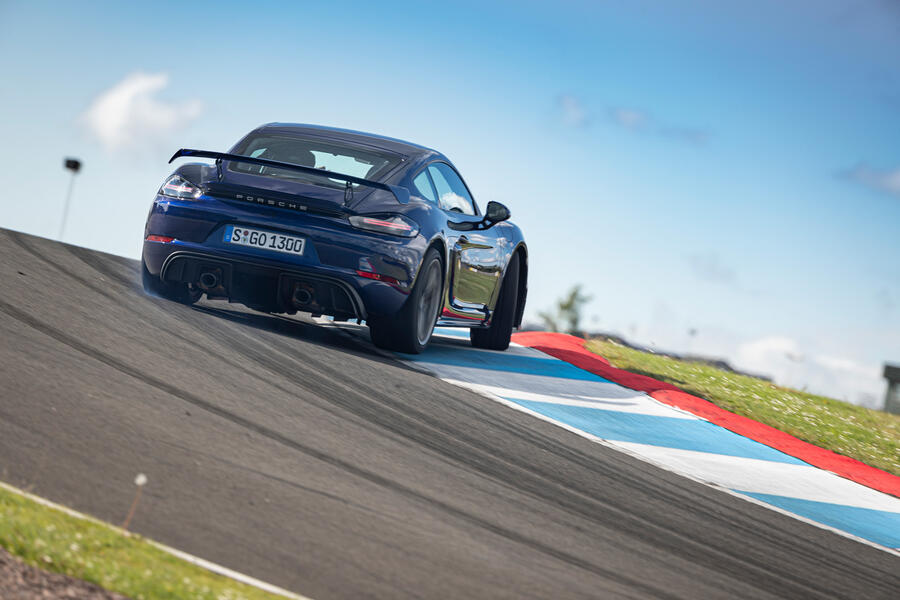
I hope the makers of this noblest breed of cars do everything in their power to preserve the traditional dynamic GT-car character, if and when the products go all-electric. Aston Martin, Ferrari et al will continue to sell these models in small numbers, and often, to be frank, to people who care more about power and elegance than the finer points of handling. However, for those of us who really care about driving, the distinctive dynamic GT make-up is too special and rewarding to risk it becoming homogenised, and the cars themselves a mere different aesthetic within the generic ‘electric sports car’ clique.
You can subscribe to Autocar magazine with our Summer Sale offer here and save 50% on your first 13 issues. Or you can call 0344 848 8816 quoting promotional code SS21ED. Please note, the Summer Sale ends on 6 October 2021.

READ MORE

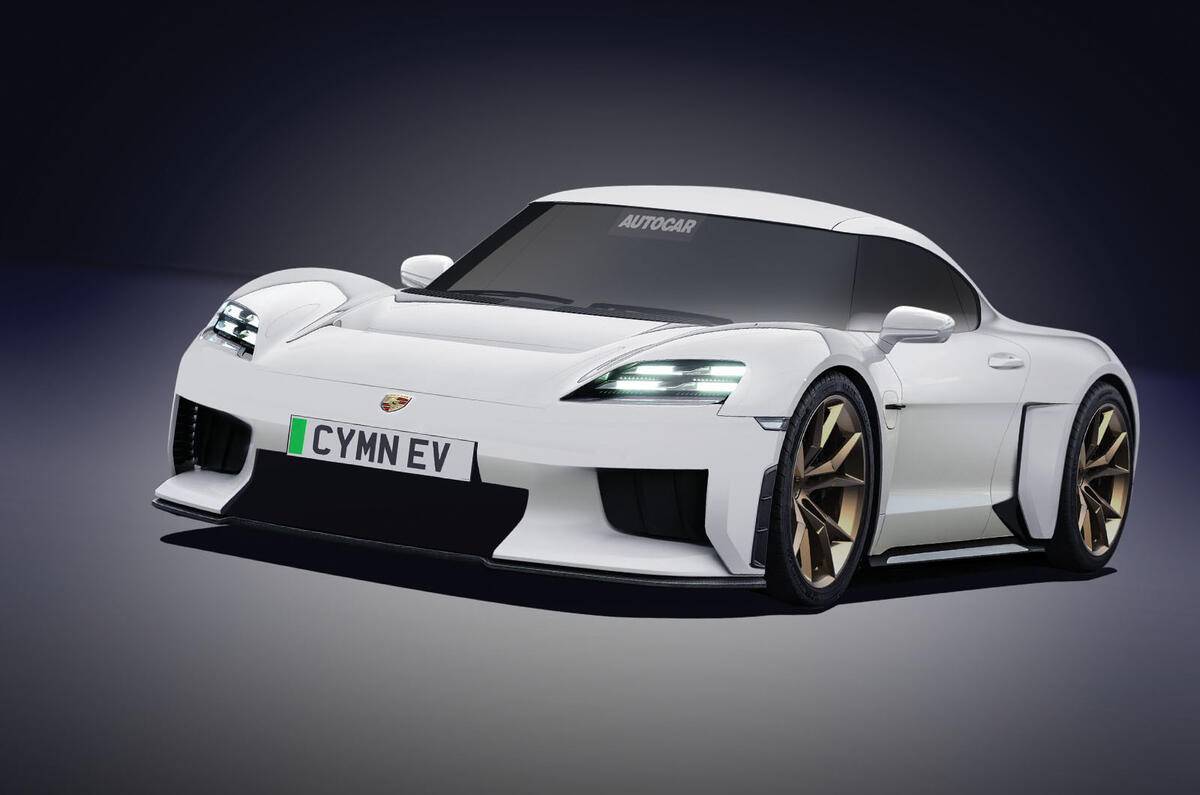
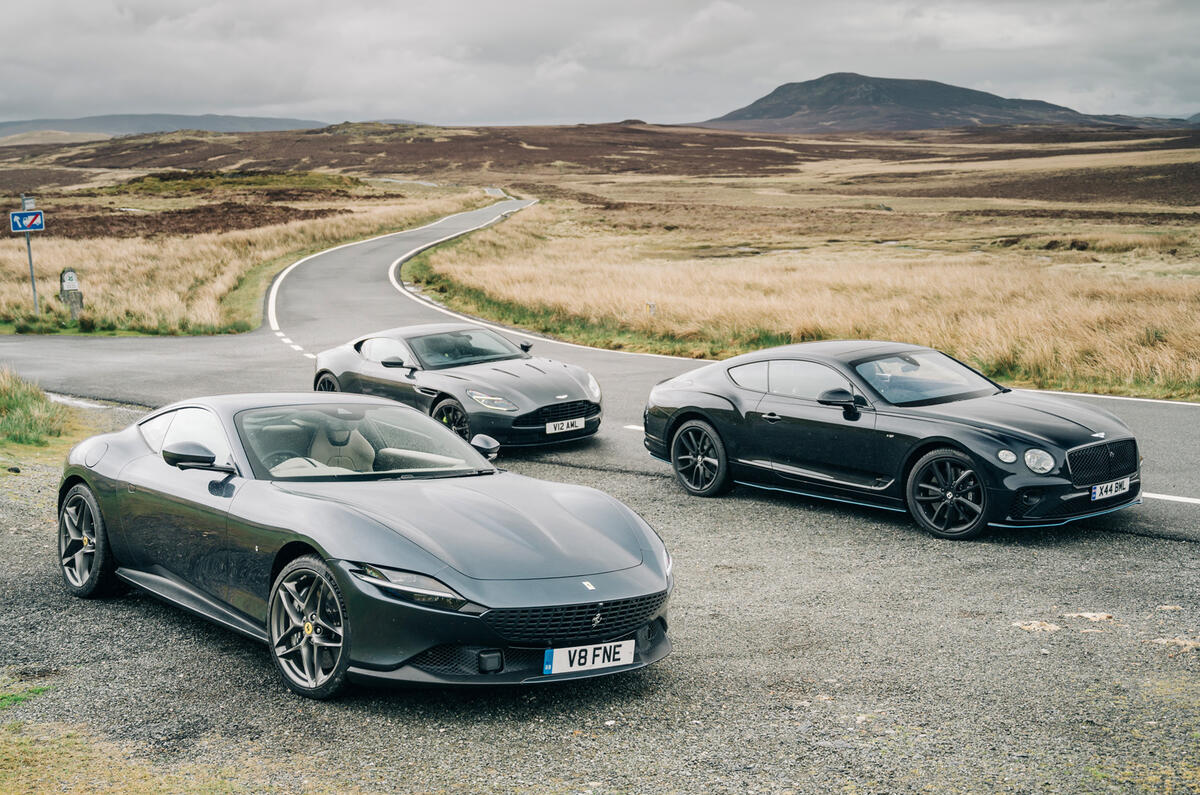
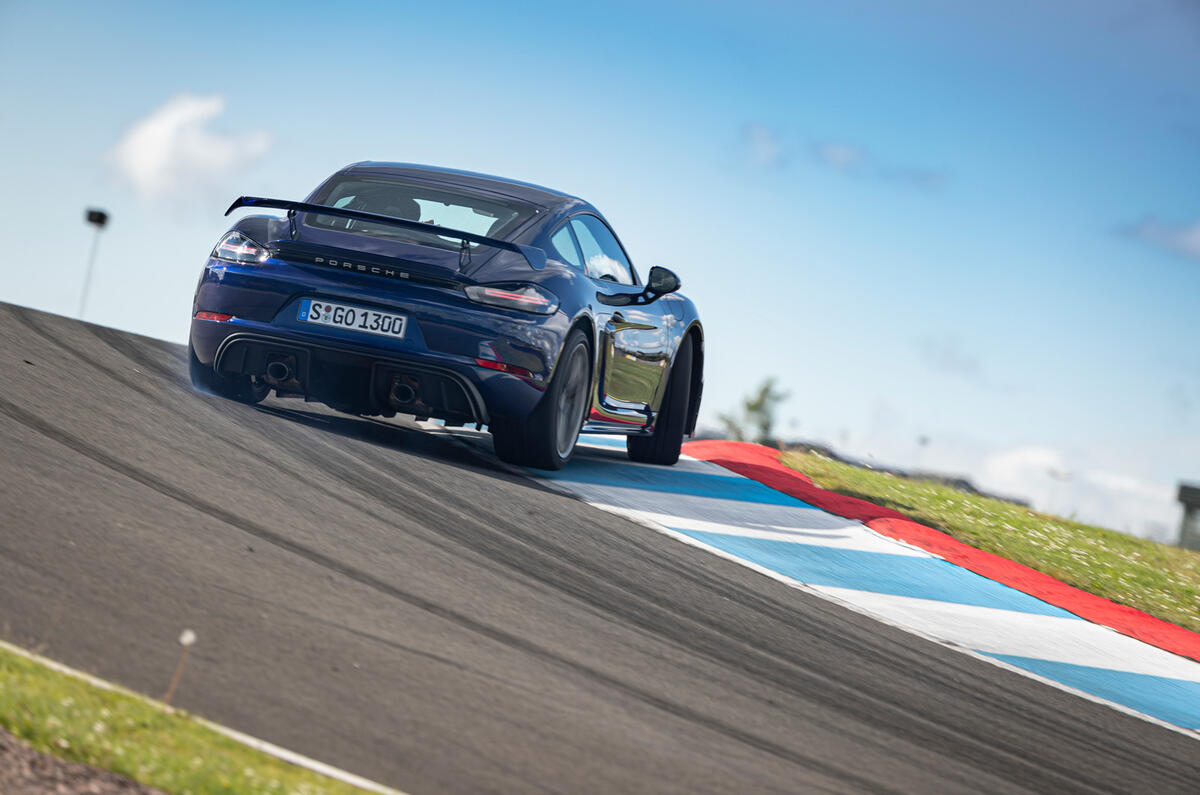
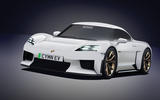

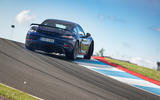






Join the debate
Add your comment
@TS7, yes you are probably right. Porsche has shown the start of this kind of thinking with the 'foot garages' for rear seat passengers in the Taycan. Solid state batteries - if they happen - also have the advantage of being safer in a crash, so you potentially run them down the sills.
Porsche knows what it's doing. The move to electrification was due to Tesla, kudos to them. But anyone who thought that Porsche would just clone Tesla's ideas is deluded. Tesla is the new Chevy/Ford, Porsche will always be Porsche. Never cheap, but always way better. If you doubt me go test drive a Tesla and then test drive a Taycan. Expect the Cayman/Boxster to be sensational.